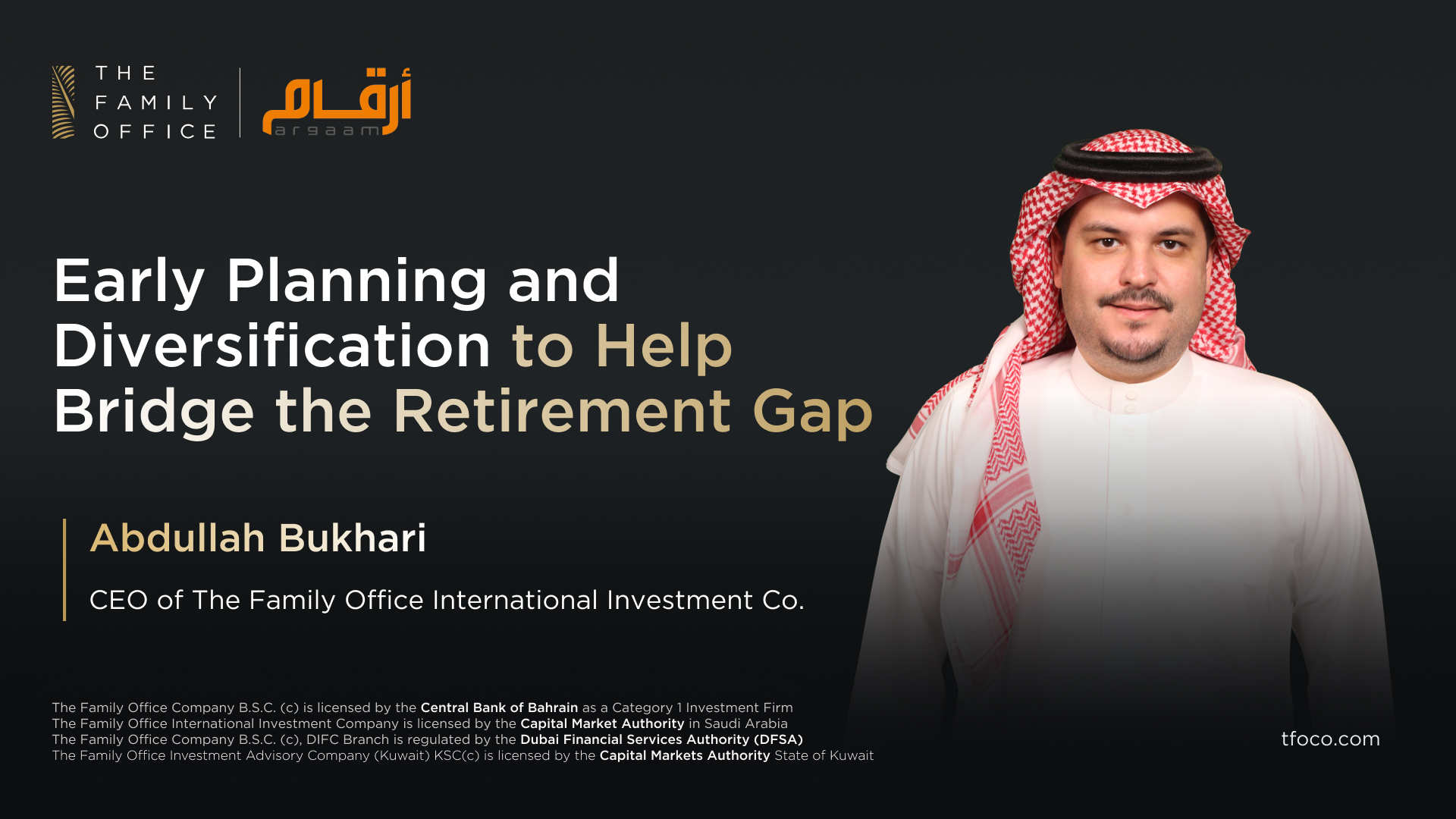Understanding the Retirement Gap
The retirement gap emerges when available financial resources fall short of sustaining expected living costs. Rising life expectancy, evolving lifestyle needs, and persistent inflation place increasing pressure on retirement portfolios. Wealth alone, if left idle or concentrated in limited assets, can gradually erode over time.
A common misconception is that substantial capital guarantees a comfortable retirement. In reality, many families underestimate long-term expenses, particularly healthcare, multi-generational responsibilities, and the desire to maintain lifestyle quality. Without structured investment strategies, even significant wealth may fail to generate sustainable, long-term income.
Common Mistakes That Deepen the Retirement Gap
Several behavioral and strategic missteps contribute to the widening of the retirement gap:
Delaying Financial Planning: Many individuals postpone serious retirement planning until later in life, missing the powerful impact of compounding. For example, an initial investment of $10,000 with monthly contributions of $1,000 over 10 years at a 7% annual compounded return can grow to approximately $185,000. Without early and disciplined reinvestment, this opportunity is significantly diminished.
Concentration in Limited Asset Classes: Relying heavily on one or two asset classes, such as real estate or listed equities, exposes portfolios to concentration risks. In cyclical or stagnant markets, this lack of diversification can lead to prolonged underperformance and reduced income reliability in retirement.
Overlooking Long-Term Obligations and Inflation: Future expenses such as healthcare, multi-generational support, and education, combined with persistent inflation, steadily erode the purchasing power. Without accounting for these long-term obligations, even well-built portfolios may fall short of sustaining retirement needs.
The Impact of Inflation and Longevity
Inflation gradually diminishes the value of money, meaning that what sustains a household today may be insufficient in a decade. At the same time, global life expectancy continues to rise, extending retirement periods from 20 to even 30 years. A stable lifestyle during those decades demands investment strategies that not only preserve wealth but generate ongoing income and capital appreciation.
Traditional savings or cash holdings, while stable in nominal terms, lose real value. The challenge, therefore, is not merely to accumulate capital before retirement, but to ensure it continues working efficiently throughout retirement.
Why Diversification in Private Markets Matters
A diversified portfolio reduces reliance on the performance of a single market or asset. While public equities and bonds remain foundational components of many portfolios, their performance is increasingly tied to global market cycles and short-term sentiment.
Private markets, including private equity, private credit, real estate, and infrastructure, offer opportunities for higher, more stable long-term returns. These investments are less influenced by daily market fluctuations and benefit from longer investment horizons. During periods of public market volatility, private assets have historically demonstrated resilience, making them effective contributors to retirement income planning.
The combination of liquid and illiquid assets creates a balance between steady income and capital growth, strengthening a portfolio’s ability to withstand economic uncertainty and meet retirement obligations consistently.
The Advantage of Starting Early
Starting early is one of the most powerful tools in closing the retirement gap. Early investment grants time for compounding, where returns generate additional returns, which accelerates wealth growth exponentially in later years. Even a few additional years at the beginning of an investment journey can significantly increase retirement outcomes.
For long-term investors, early planning allows for strategic allocation, disciplined contributions, and recovery through market cycles. It also offers flexibility to adjust strategies based on life events, risk tolerance, and evolving retirement objectives.
The Role of Professional Advisory
Navigating private markets and long-term asset allocation requires expert guidance. Specialist firms develop tailored investment strategies that align with each investor’s timeline, lifestyle ambitions, and risk appetite. They also actively monitor portfolios to ensure they remain aligned with long-term objectives, adapting to changing economic conditions.
At The Family Office, investment frameworks are built around private markets, diversification, and disciplined monitoring. The objective is not only to grow wealth, but to transform it into a sustainable stream of retirement income.
A Message to Those Who Believe There Is Still Time
The belief that retirement planning can wait is one of the most common financial risks. Early preparation is not a luxury; it is a strategic necessity. The difference between planning at 35 and at 50 is not measured only in years, but in compounded potential.
Those who begin early gain control over their outcome instead of relying on uncertain market conditions or institutional pension systems. Ultimately, retirement readiness is built through informed decisions, diversified strategies, and time in the market.
Conclusion
Closing the retirement gap requires a deliberate, proactive approach. Wealth, if unmanaged and undiversified, is vulnerable to inflation and market cycles. But when guided by early planning and strategic allocation, especially through private markets, it becomes capable of sustaining long-term financial independence.
Retirement should not introduce financial uncertainty. With the right structure, it can preserve autonomy and the lifestyle built over a lifetime. The path begins with one decision: to plan early and invest wisely.
At The Family Office, we leverage over 20 years of experience across market cycles to build resilient portfolios for our clients. By combining strategic asset allocation with access to private market opportunities, once reserved for institutional investors, we help individuals and families across the GCC retire with confidence.
